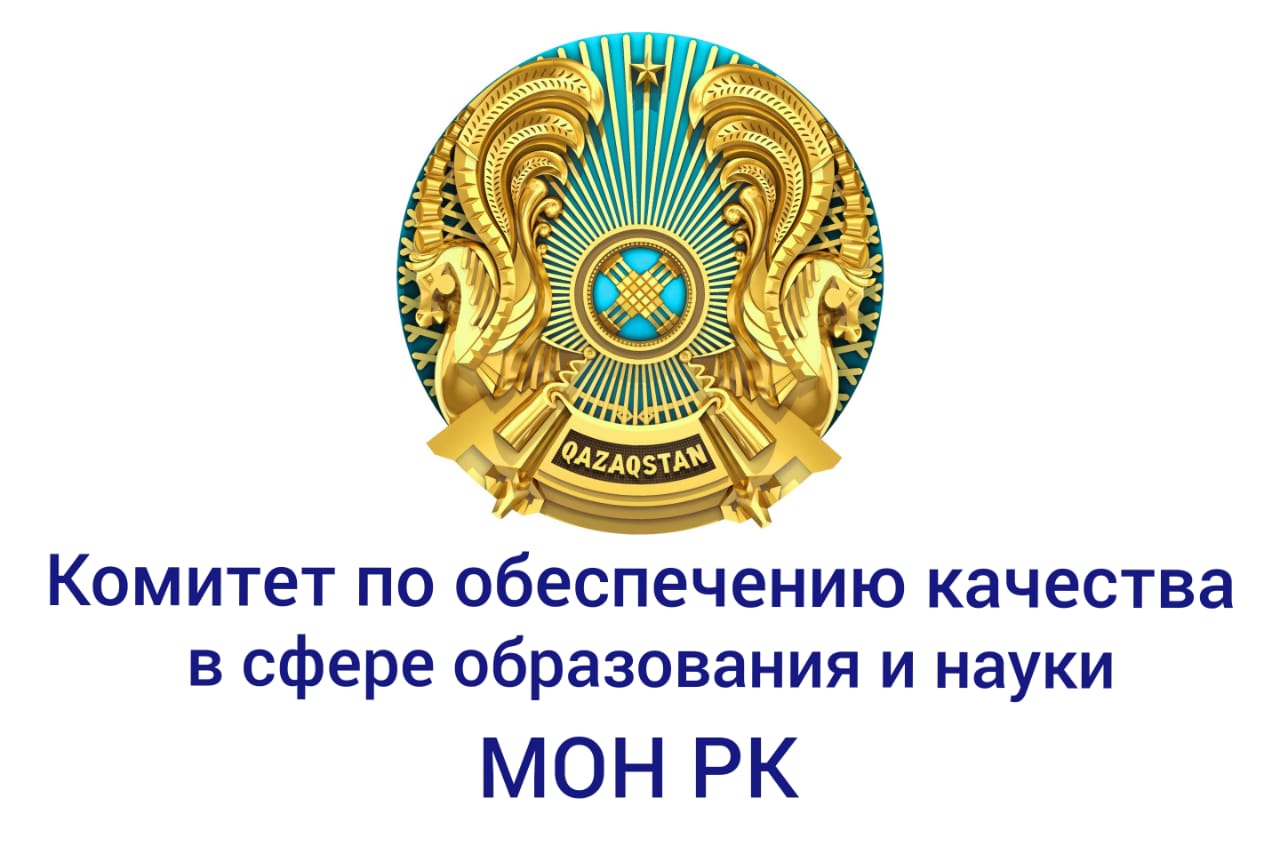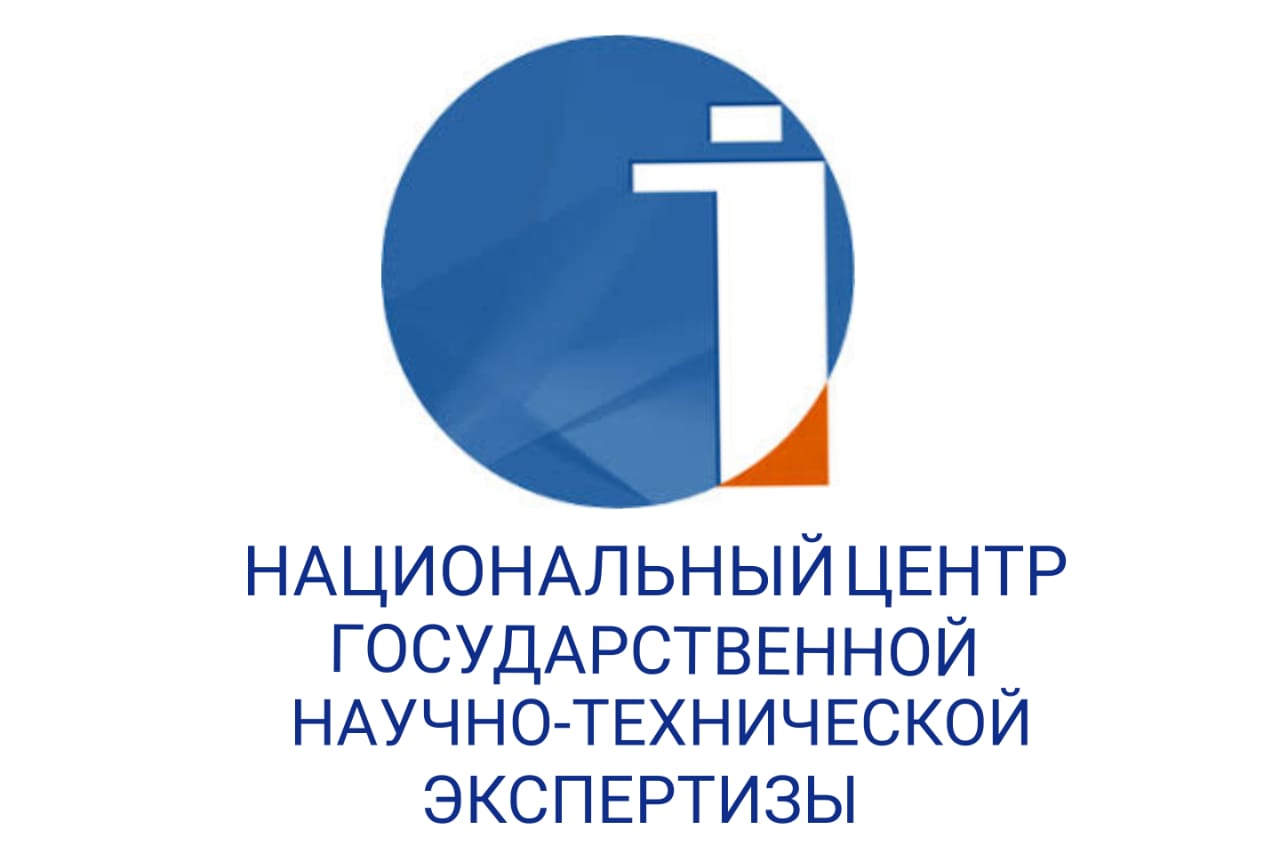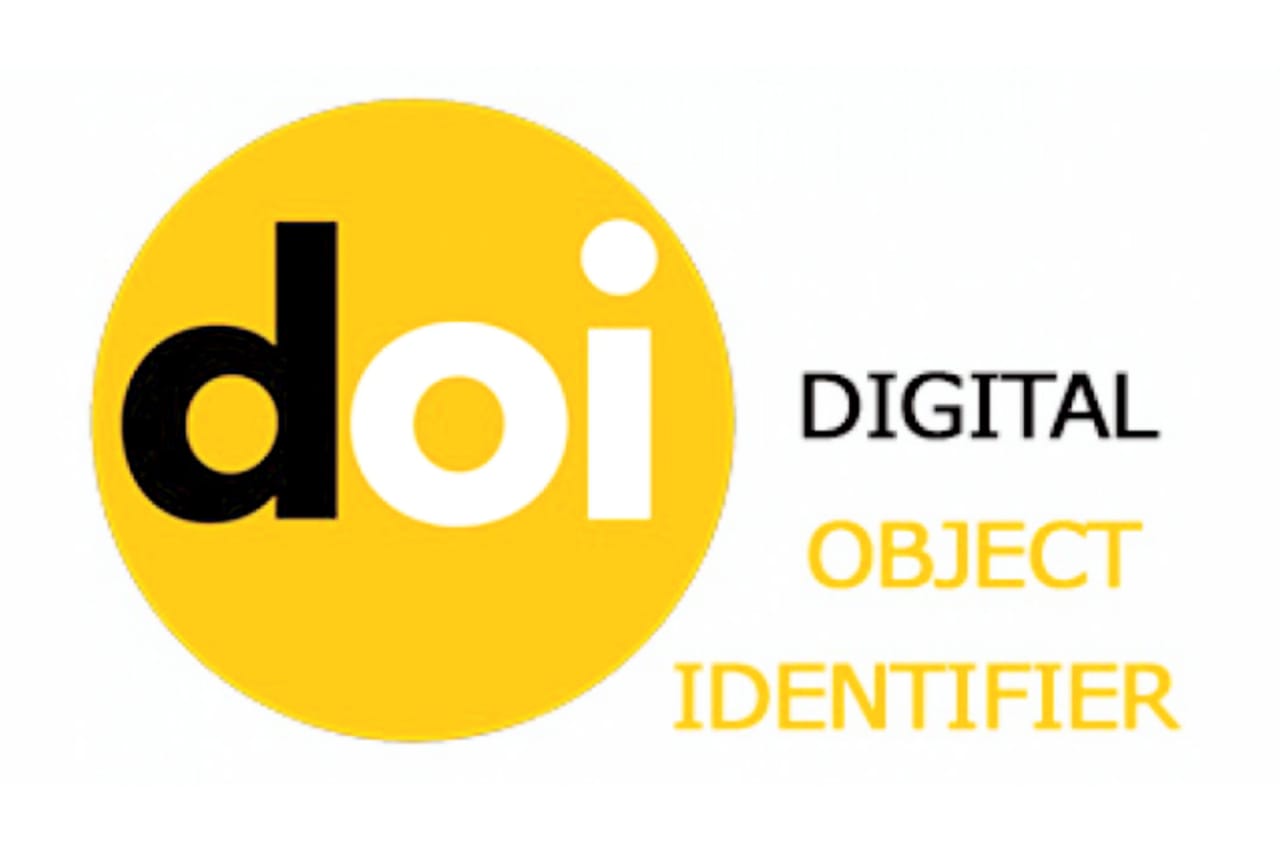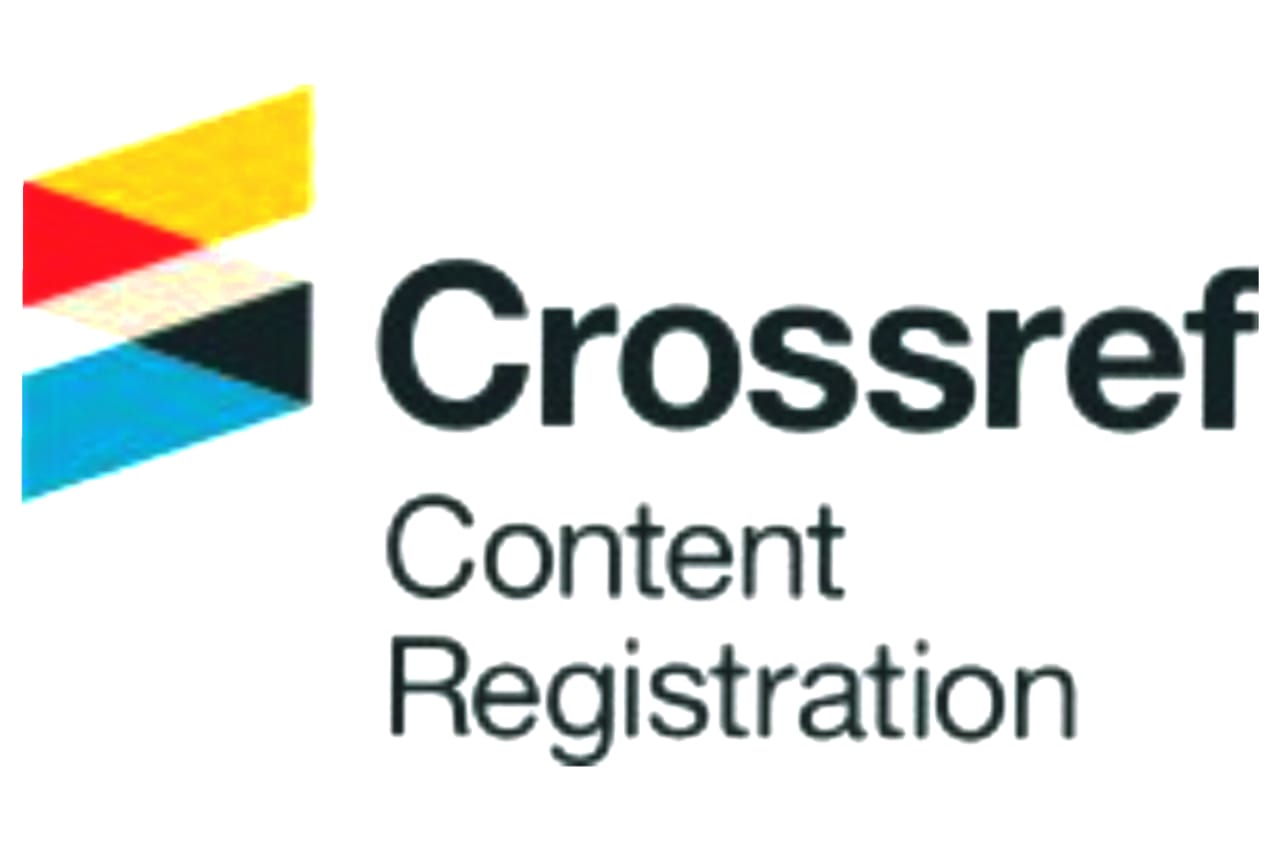Requirements for the design of articles in the "Vestnik KazUEFIT"
Journal Vestnik KazUEFIT is included in the List of publications of the Committee for Quality Assurance in Science and Higher Education of the Ministry of Science and Higher Education of the Republic of Kazakhstan and is designed to publish the results of scientific research on topical issues of economic theory and practice, management, marketing, finance, accounting and auditing, other areas of economic science.
GENERAL REQUIREMENTS
The scientific article should correspond to the stated purpose and thematic direction of the journal. The content of the article reflects the presentation of own conclusions and intermediate or final results of scientific research, experimental or analytical activities. The article should contain the author's developments, conclusions, recommendations, previously unpublished and possessing novelty, reviews of previously published scientific articles related to the general topic.
The article includes title, abstract, keywords, introduction, materials and methods, main part (results, discussion), conclusion, funding information (if available), reference list.
All articles are accepted through the online submission system only http://vestnik.kuef.kz/ .
Articles that do not meet the design requirements will not be considered. Users should keep their contact details and other information provided in their profile up to date, especially their email address and telephone numbers.
Articles are accepted in Kazakh, Russian and English languages. The volume of the article, including bibliography, should be not less than 6 and not more than 10 pages (for the volume of more than 10 pages the payment of 1000 tenge for each sheet is set, but not more than 15 pages of the total volume).
The submitted manuscript should:
- be of academic and scientific value;;
- have significance and originality as well as practical relevance;
- contribute to earlier research on the topic;
- be carefully proofread and edited.
General technical requirements for the design of the article:
- format - MS Word, formula editor Microsoft Equation;
- font - Times New Roman;
- font size – 14;
- line spacing - single line;
- width of all margins - 2 cm;
- paragraph indent - 1 cm.
ARTICLE FORMATTING
The author indicates:
UDC based on the system of Universal Decimal Classification of Information used for systematisation of works of science, literature and art, periodicals, various types of documents and organisation of card catalogues. It is indicated in the upper left corner of the manuscript.
CSCSTI based on Code of State Categories Scientific and Technical Information used for systematisation of documents. GRSTI for your topic can be determined at http://grnti.ru/ or http://lib.gup.kz. It is indicated in the upper left corner of the manuscript.
In addition to UDC and GRSTI, JEL Classification codes can be specified. The codes specified by the author should clearly reflect the field of research. The author may use JEL Classification codes from two or three fields if they are covered by the research. JEL Classification codes can be found at: http://nfmte.com/assets/docs/jel.doc. JEL codes are indicated after the keywords.
DOI to each article is assigned by the registration agency International DOI Foundation (International DOI Foundation) at the request of the journal editorial board.
Keywords are translated into three languages (Kazakh, Russian, English: кілт сөздер, ключевые слова, keywords).
Author (authors)
Before the title of the article in the upper right corner the full name of the author(s) should be indicated. After the full name of the authors should be written: academic degree and academic title, place of work, city, name of the country. The name of the organisation or institution should be indicated in the nominative case, and the name should be full, without abbreviations.
If there are several authors, they themselves decide on the order of their mentioning in the title of the article (recommended option - depending on the contribution to the research). The list of authors includes only those individuals who actually participated in the study and agreed to take full responsibility for its content.
The main author (correspondence author) and his/her email address should be indicated here.
The number of authors of the article - no more than 4 people.
Title of the article
The title of the paper should fully reflect the topic of the research and its content. It should be short and specific (no more than 10 words). In addition, it should be attractive to the reader's attention and written using scientific style. It is appropriate to indicate the object of the research or to specify it with a colon or brackets. The use of abbreviations other than common and well-known abbreviations is not recommended.
ARTICLE STRUCTURE
Abstract
The abstract should be informative and structured. The abstract should contain only what has been done in the article (considered, identified, defined, shown, analysed, etc.), it states the essence and the research methods used, summarises the most important results and their significance. The volume of the abstract is 150-300 words.
The abstract is written in the main language of the manuscript (at the beginning of the article). At the end of the article, after the list of references, there should be 2 more abstracts in Kazakh and/or Russian and/or English (depending on the main language of the manuscript).
Key words (in three languages)
The number of keywords should be 7-10 units. There should not be sentences, but only words or stable word combinations. If the object of research is not mentioned in the title of the document (including country, region), it should be added to the list of keywords.
Introduction (at least 200 words)
The introduction should justify and explain the research questions, relevance, purpose, objectives, materials and methods of the study.
А) The aim describes the main results in a concise and specific form, the achievement of which is the goal of this study. The aim should not copy the title of the manuscript.
B) The research methods are described briefly and specifically. The methodology of the study shall be described, indicating the origin of equipment and materials, methods of statistical processing of data and other ways to ensure reproducibility. If the proposed methods and procedures are used in other works, the author should refer to the original sources. If well-known statistical procedures are used in the article, the author does not have to describe their essence, it is enough just to specify them
C) The author should avoid using tables and, if possible, quantitative figures when writing the introduction.
Literature review (at least 150 words)
The author should describe the analysis done and the results of the synthesis of relevant works (articles, monographs, reports, theses, etc.) that describe the essence of the problem and/or provide insight into previous research on its solution. The literature review should be relevant to the purpose of the research and present the results of a critical analysis of the analytical framework for testing the research hypothesis.
Literature review should cover works that were published in the last five years in indexed journals from Web of science or Scopus databases and in journals recommended by the Committee for Quality Assurance in Science and Higher Education of the Ministry of Science and Higher Education of the Republic of Kazakhstan.
It is recommended to conclude the literature review with a statement of unresolved issues, identification of contradictions in the results and findings of previous studies, justification of the need to continue research in this area and the choice of a specific topic (direction) of this study.
Main part (analyses, results and discussion)
The section describes empirical or theoretical data obtained in the course of the research. It is recommended to use figures, tables (not more than 5 in total).
Conclusion (at least 100 words)
This section outlines the main ideas of the article, formulates the results obtained and their novelty. Proposals, conclusions and recommendations should confirm the achievement of the set goals and objectives of the research. It is necessary to outline the possibility of practical use of the obtained results and suggest directions for further research.
Literature is arranged in the sequence of references in the text and in accordance with Interstate Standard 7.1-2003 "Bibliographic record. Bibliographic description. General requirements and rules of compilation" (Adopted by the Interstate Council for Standardisation, Metrology and Certification (Minutes № 12 of 2 July 2003).
The section should have a standard subheading «Литература», «Әдебиеттер», «References» (from 6 to 15 sources, preferably books, brochures, scientific articles of Kazakhstani and foreign authors).
Sources of literature in articles in Russian and Kazakh languages should be presented in the original language. This should be followed by a second list of References with translation of titles and full transliteration of sources. In an article written in English, sources in Russian and Kazakh languages are given with transliteration. For this purpose you can use the website: http://translit.net
Examples of source design:
Books
1 Rybakov F.F. Industrial Policy of Russia: History and Modernity. - S-Pb.: Nauka, 2011. - 189 p.
2 Ulybyshev D.N. et al. Innovation susceptibility of national economies of the EAEU countries: system characteristics, assessment, management mechanisms. - Karaganda: Tipografiya Arko LLP, 2020. - 320 p.
3 Mascon M., Albert M., Hedourie F. Fundamentals of Management: textbook. - Moscow: Delo, 1997. - 492 p.
Journal articles
1 Tatarkin A.I., Romanova O.A. Industrial policy: genesis, regional peculiarities and legislative support // Regional Economics. - 2014. - №2. - P. 9-22.
2 Ho S.P. Model for Financial Renegotiation in Public-Private Partnership Projects and Its Policy Implications: Game Theoretic View // Journal of Construction Engineering and Management. – 2006. – №7(132). – Р.678–688. – doi:10.1061/(asce)0733-9364(2006)132:7(678)
Newspaper articles
1 Petrov V.G. Rich is the society where people are dear: monologue about the main thing // Lipetskaja gazeta. - 07.04.2004. - С. 4.
Internet sources
1 Industrial policy. Provisions of European Commission. – URL: https://ec.europa.eu/growth/industry/policy_en
2 Bureau of National Statistics of the Agency for Strategic Planning and Reforms of the Republic of Kazakhstan. Small and medium entrepreneurship. Dynamic tables. - URL: https://stat.gov.kz/official/industry/139/statistic/8
3 Karhunen P., Olimpieva I. Social "portraits" of technological entrepreneurs against the background of the region's innovation ecosystem. The case in Finland. – URL: https://eusp.org/sites/default/files/archive/sts/%D0%BE%D1% 82%D1%87%D0%B5%D1%82_%D0%A4%D0%B8%D0%BD%D0%BB%D1%8F%D0%BD%D0%B4%D0%B8%D1%8F.pdf
4 Belstat. Official statistics. – URL: https://www.belstat.gov.by/
References
1 Zakon Respubliki Kazahstan ot 27 dekabrja 2021 goda № 86-VII ZRK «O promyshlennoj politike» [Law of the Republic of Kazakhstan dated December 27, 2021 No. 86-VII ZRK "On Industrial Policy"]. – URL: https://adilet.zan.kz/rus/docs/Z2100000086 [in Russian]
2 Shevjakova A.L., Tusupov Sh.S., Sejthanov N.B. Jetapy transformacii industrial'no-innovacionnoj politiki Kazahstana [Stages of transformation of the industrial-innovation policy of Kazakhstan] // Sb. trudov mezhd. nauch.-prakt. konferencii «Gumanizacija obshhestva i tehnologicheskoe razvitie v jepohu global'noj jekonomiki». – Almaty: Institut jekonomiki KN MES RK, 2022. – S. 311-317 [in Russian]
3 Andrianov K.N. Germanija i innovacii [Germany and innovations] // Sovremennaja Evropa. – 2012. – № 4. – S. 103-116 [in Russian]
4 Taubaev A.A., Ulybyshev D.N., Kenzhebekov N.D. i dr. Nacional'nye innovacionnye sistemy stran Evrazijskogo jekonomicheskogo sojuza: mehanizmy razvitija, predposylki vzaimodejstvija i perspektivy integracii [National innovation systems of countries of the Eurasian Economic Union: mechanisms of development, prerequisites for interaction and prospects for integration] – Karaganda: LLP «PEGASO», 2017. – 262 s. [in Russian]
The names of the designated sections (text from the paragraph) should be marked in bold (introduction, literature review, main part, conclusions). In the text of the article references to sources are obligatory. Footnotes (references) to the used literature are printed in square brackets (and always before the punctuation mark).
Formatting of figures and tables
The text must contain a mandatory reference to the figure (Figure 1) or table (Table 1). The abbreviations "Figure 1" and "Table 1" are inadmissible.
The table must be labelled with a title:
Table 1 - Table title (width alignment)
A caption is usually made below the figure:
Figure 1 - Title of figure (centre alignment)
Figures and tables can be authored or borrowed. If you are the author of the figure, you can indicate that the figure is the author's. A borrowed figure or table is the same quotation, but not in text but in graphic form. Therefore, it is necessary to indicate the source, as well as for the textual quotation by reference [1] or footnote immediately after the title in the note.
Notes are placed immediately after the figure or table to which they refer. If there is only one note, the word "Note" is followed by a dash and the text of the note. A single note is not numbered. Several notes are numbered in order by digits without a dot.
Рисунки должны быть нарисованы при помощи средств MS Office. В MS Word есть вкладка «Вставка»: Figures should be drawn using MS Office tools. In MS Word there is a tab "Insert":
– «Diagram» - for drawing diagrams;
– «SmartArt» - for flowcharts;
– «Shapes» - various shapes.
If the picture is drawn using shapes, they need to be grouped together.
The period of review of the article by the editorial board is from three to six months. The date of submission of the article is considered to be the day when the editorial office receives the final version of the article.
The article does not allow for the use of:
- bold, italic and underlined fonts in the main text;
- automatic and forced hyphenation, forced line breaks, page breaks;
- scanned figures, tables and colour elements and figures.
The article may contain no more than 5 tables and figures made in MS Word.
If the manuscript does not meet the requirements, it is returned for revision.
PAYMENT IS MADE UPON ACCEPTANCE OF THE ARTICLE AND NOTIFICATION FROM THE EDITORIAL OFFICE.
Information about the authors (in 3 languages) is attached to the article: Full name, country name, affiliation (names of organisations), position, degree, title, office and/or mobile phone numbers, e-mail for all authors of publications (including the main author).
Author information
|
Surname First Name Patronymic (in full) in Kazakh, Russian and English languages |
|
Position, academic degree, title (in full) in Kazakh, Russian and English languages |
|
Organisation (in full) in Kazakh, Russian and English languages |
|
Address |
|
Country (in full) in Kazakh, Russian and English languages |
|
Work phone, mobile phone |
|
|
|
Title of the article (in full) in Kazakh, Russian and English languages |
|
Additional information: for foreign authors the country should be indicated |
All articles are subject to review by peer reviewers. If necessary, the article is sent to the author for revision or rejected. The Editorial Board reserves the right to reject the article if it does not meet the present requirements for structure and design and not to enter into correspondence with the authors, as well as to make changes in its content that do not affect the semantic content of the article.
The author of the article is responsible for the content and design of the article.
If the author does not contact the editorial office for more than two months, the submitted article is automatically rejected for publication.
Regardless of the outcome of the initial review, an article may be rejected or returned for revision at any stage of the paper if gross errors, extensive borrowing, or erroneous citations are found.



